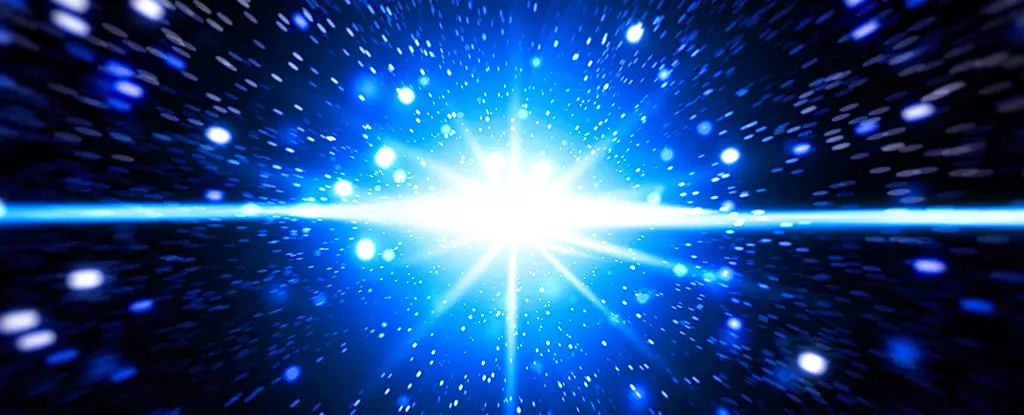Fast radio bursts (FRBs) have captured the attention of the astronomical community due to their enigmatic nature and short-lived yet powerful manifestations of energy. These events, lasting mere milliseconds, present complex challenges to our understanding of cosmic phenomena. While the prevailing theory attributes the cause of most FRBs to magnetars—extremely dense neutron stars with powerful magnetic fields—the characteristics of some observed FRBs are redefining our understanding, particularly concerning their origins and the lifecycle of neutron stars.
FRBs are remarkable cosmic occurrences, characterized by intense bursts of radio waves that can only be detected using sophisticated radio telescopes. Most FRBs emanate from beyond our Milky Way galaxy, indicating that they are tied to dramatic astronomical processes. The few that have been traced back to our galaxy illustrate the variety of origins we may encounter in this field of study. This hints at an intriguing possibility: the mechanisms responsible for generating these radio bursts could vary significantly across different celestial environments.
One of the fascinating aspects of some FRBs is their ability to repeat. This repetition suggests that they are not the result of one-time catastrophic events, such as supernova explosions, but may instead be associated with ongoing astrophysical processes. The implications of these repeating FRBs challenge conventional wisdom and encourage further exploration into their underlying mechanisms.
Recent Advances in Observational Techniques
A turning point in FRB research occurred when astronomers meticulously monitored a repeating source over several months, leading to groundbreaking findings. The ability to observe this particular FRB 21 times between February and June opened doors to understanding both its location and the context within which it operates. Utilizing a companion observatory situated 60 kilometers away allowed scientists to refine their observational methods, enhancing their capacity to pinpoint the source despite its astounding distance of two billion light-years.
Such advancements underscore the necessity for collaborative efforts and innovative approaches in modern astronomy. These observations have ushered in a phase of enlightenment that reveals the surprising locations and conditions surrounding FRB events.
What emerged from these observations was an unsettling revelation. The FRB source was detected in the peripheral regions of an ancient galaxy estimated to be over 11 billion years old. This goes against previously held assumptions about the relationship between FRBs and stellar formation, which typically occurs in the densest, most active regions of galaxies. The old age of the galaxy challenges the notion that FRBs are primarily produced by young, energetic magnetars, suggesting a more diverse array of processes at play.
Neutron stars, as the final remnants of massive stars, typically arise from supernova explosions, which in themselves are brief cosmic events. The longevity of an FRB in an ancient galaxy could indicate that older neutron stars can still exhibit activity. This is an inviting concept, yet it raises more questions than answers regarding the lifecycle of neutron stars. The hypothesis that these bursts could arise not from the galaxy’s edge but from globular clusters—a dense assembly of stars orbiting the galaxy—introduces another layer of complexity.
One potential explanation for the FRB’s generation involves stellar mergers within a globular cluster. If this is the case, merging magnetars may be interacting in a way that reconfigures their magnetic fields and consequently ignites bursts of radio energy. This posits a fundamentally different mechanism than previously theorized, challenging scientists to rethink the criteria that define FRBs.
To solidify these theories, more detailed observations are essential. The recent findings serve as yet another reminder that our understanding of astrophysics is continually evolving. As technology improves and our observational capabilities expand, we can look forward to uncovering even deeper insights into celestial phenomena, including the true nature of fast radio bursts.
The study of FRBs is not merely about understanding isolated events; it encapsulates the broader conceptual frameworks of cosmic evolution and stellar dynamics. As researchers delve deeper into the mysteries of the universe, it is clear that the complexities surrounding FRBs will play a pivotal role in shaping the future of astrophysical research. The landscape of the cosmos is rich with stories waiting to be discovered, and the ongoing investigation into FRBs will surely yield more revelations in the years to come.

